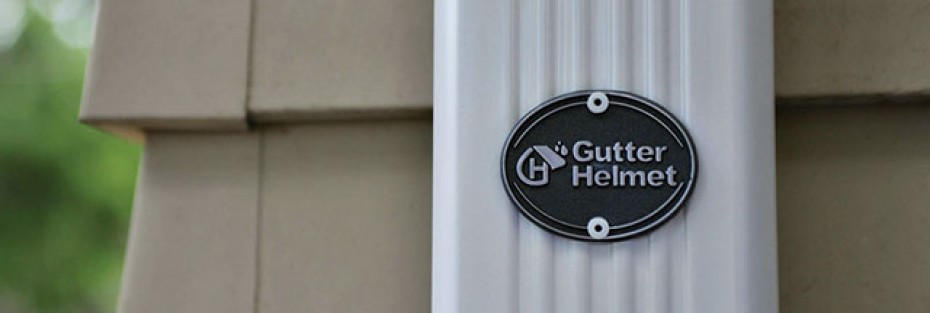With fall fast approaching, gutters everywhere will start collecting those beautiful, colored leaves pretty soon. As a result, a good number of people will have their ladders ready in order to clear out their gutters. Unless, of course, they’re people who had the foresight to invest in gutter guards.
Gutter guards are an attachable gutter part that keeps debris like leaves and twigs from clogging your gutters. Not only do they keep your gutters debris-free, they also save you the time you would have wasted getting up on your roof to clear the debris yourself.
Typically, gutter guards are classified into two primary categories: covers and screens. Screens are patterned after water filters. As such, screens allow a lot of water to pass through the gutter while keeping large pieces of debris out. Popular gutter screen materials are metal, nylon and aluminum. With cheaper material, gutter screens are cheap and easy to install but suffer from durability issues.
Gutter covers tend to be larger and more difficult to install as compared to gutter screens. Gutter covers function by literally covering a large area of the gutter, forcing debris to simply slide down and away from the gutter. However, the size of gutter covers prohibit large amounts of water from entering as well. This leads to water sliding off the gutter cover (just like debris) during heavy rainfall.




